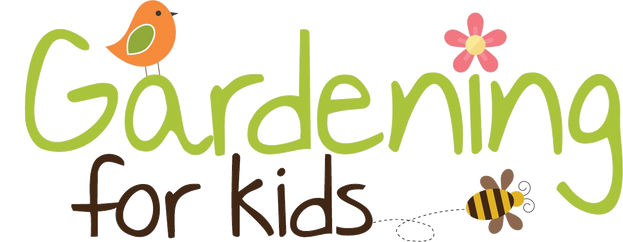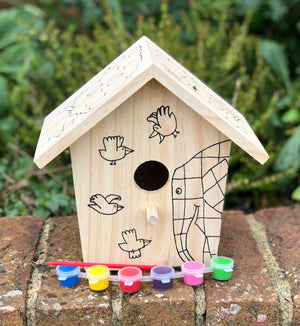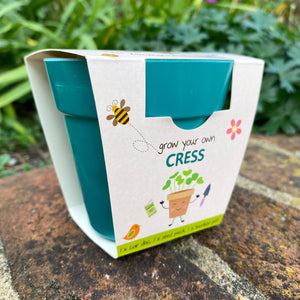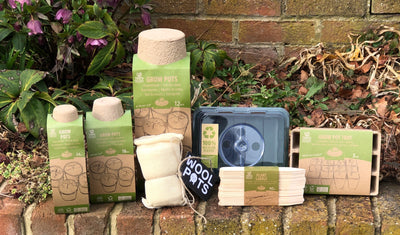
Hibernation Stations! How to Look After Wildlife in the Winter
When the weather gets colder and wetter throughout autumn and our thoughts turn to cosy suppers and nights in by the fire, spare a thought for our native animals who have to stay outside.
There are lots of ways animals prepare to survive the cold winter months. Many birds fly south to warmer countries and won’t return until the spring. Others will brave the cold and rely heavily on our bird feeders for sustenance. With bird feeding comes bird watching – it doesn’t take long for you to learn your regular visitors, such as robins and house sparrows. Your excitement of seeing a brambling or a black cap on your feeder will rival that of a child’s on Christmas morning! It’s also an incredible activity to encourage children to learn about nature and the creatures that surround them. These bird books are a great accompaniment to any budding bird watching!

For other animals, hibernation helps them survive when food is scarce. Hibernation is not the same as sleep. In hibernation the animal’s heart rate, breathing rate and body temperature all decrease, and chemical reactions inside them slow right down too. All these measures help the animal save energy. Occasionally they will wake up to find food or go to the toilet.
When temperatures warm up again in spring the animals will come out of hibernation for another year. The only British mammals that hibernate are hedgehogs, bats and dormice.

The best way to help these animals is to provide a safe place to hibernate, such as a semi-structured pile of bricks and logs, as seen on the National Trust. For a simpler and less cold solution, we have a range of beautiful, conservationist-designed hibernation houses, like the beloved ladybird lodge. For our insects, we have lots of amazing bug hotels to shelter our over-wintering insects.
The best way to help our British animals is to provide habitat, and lots of it. A safe place is easy to provide, and makes such a difference. Take a look at all our Hibernation Habitats.




Leave a comment